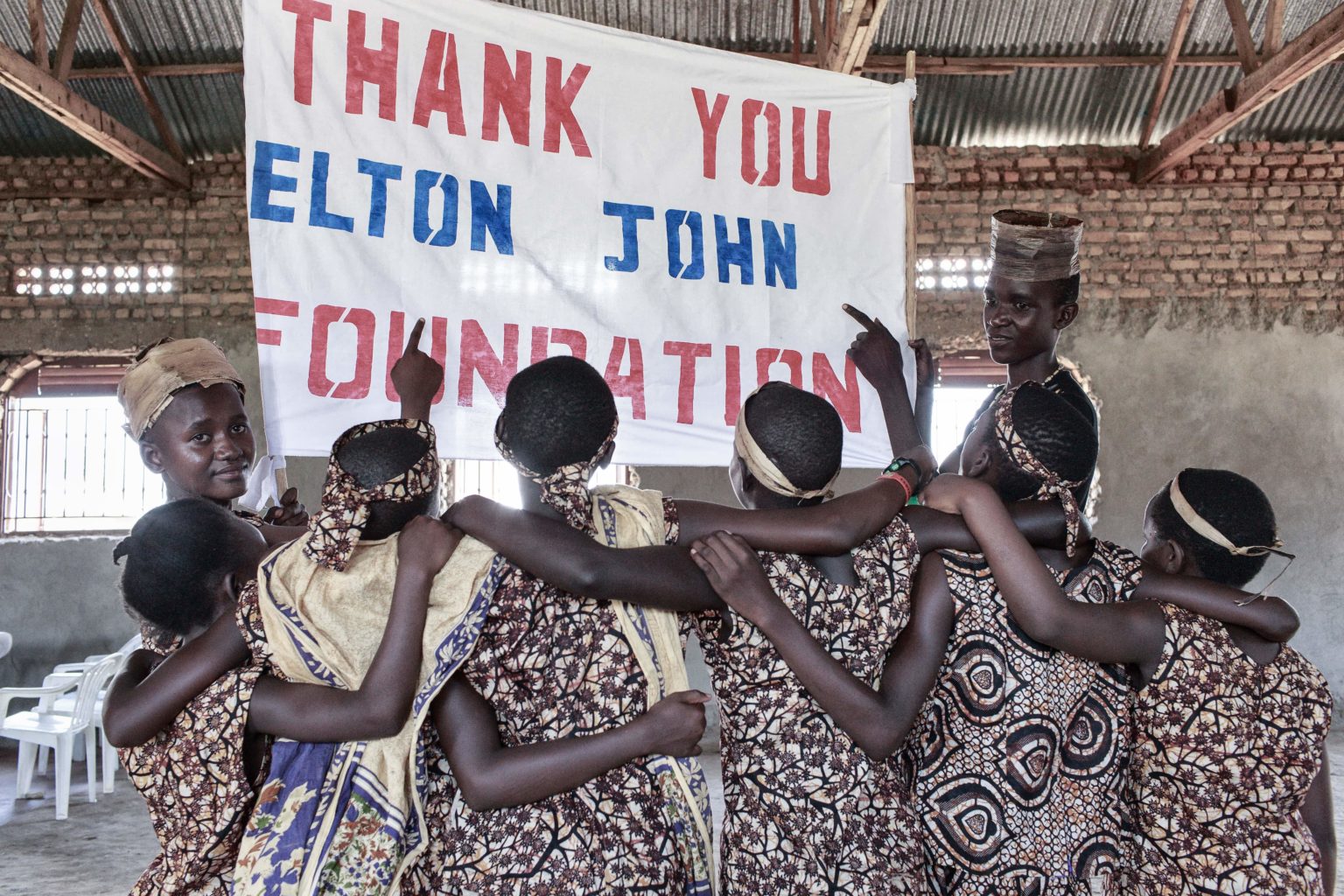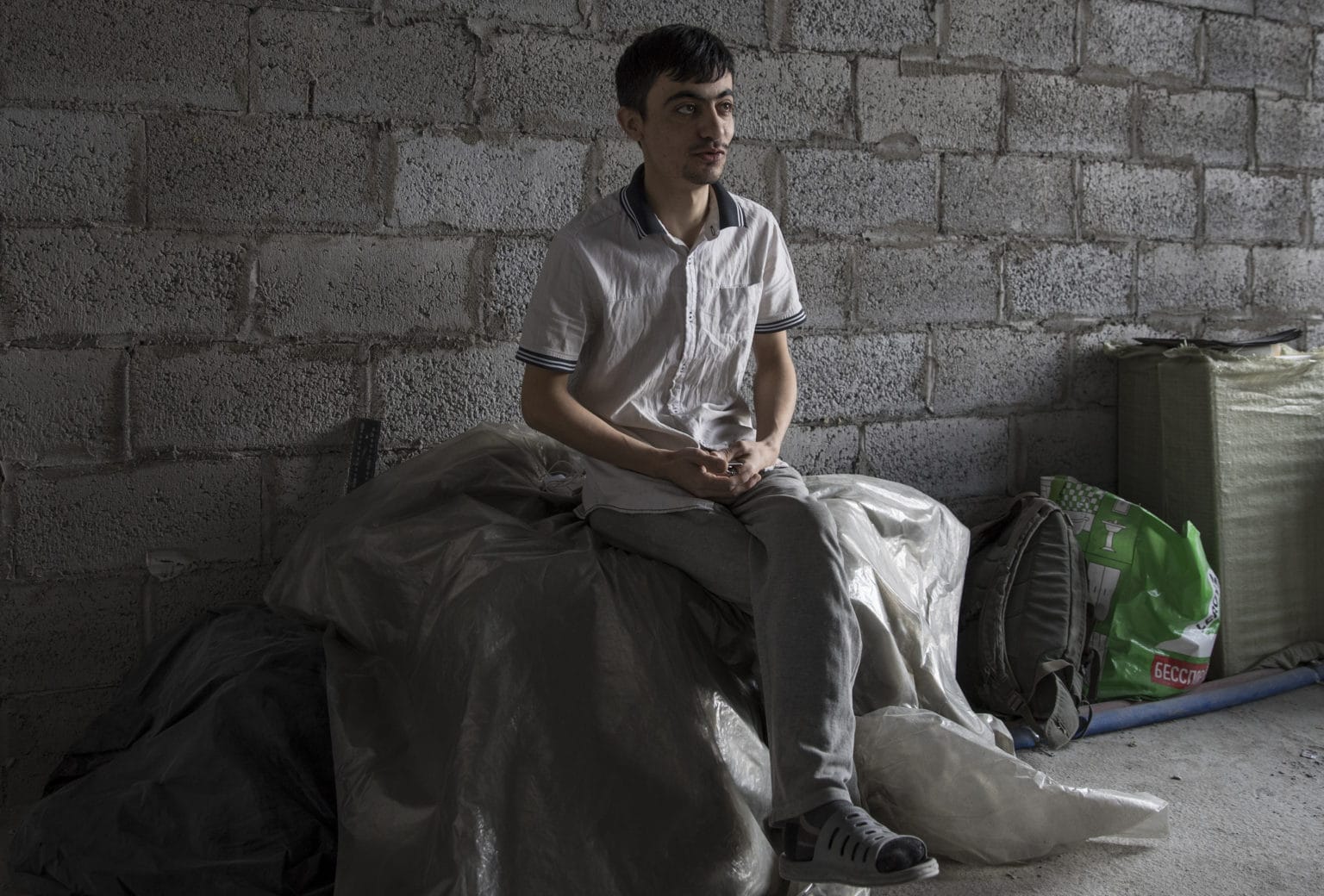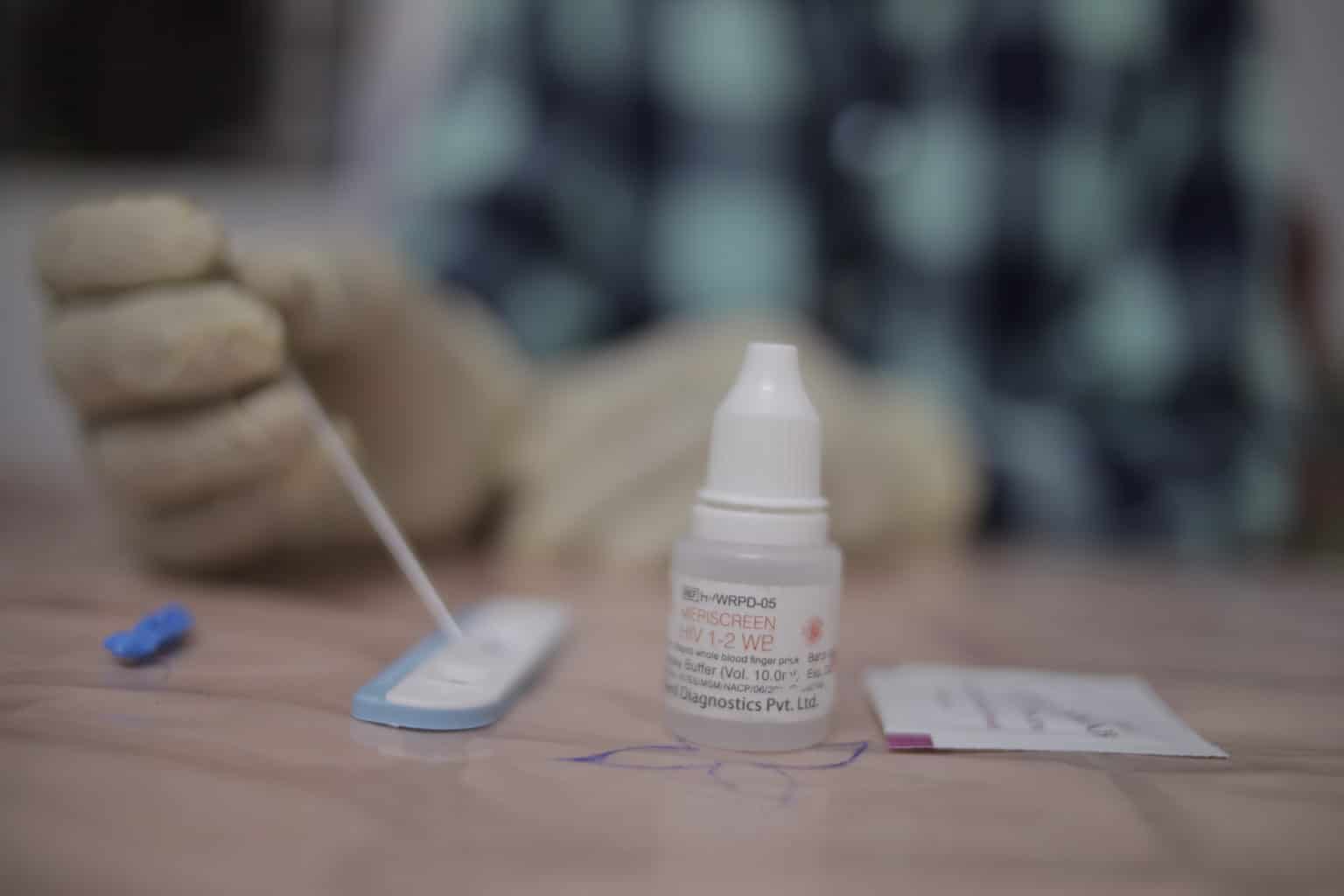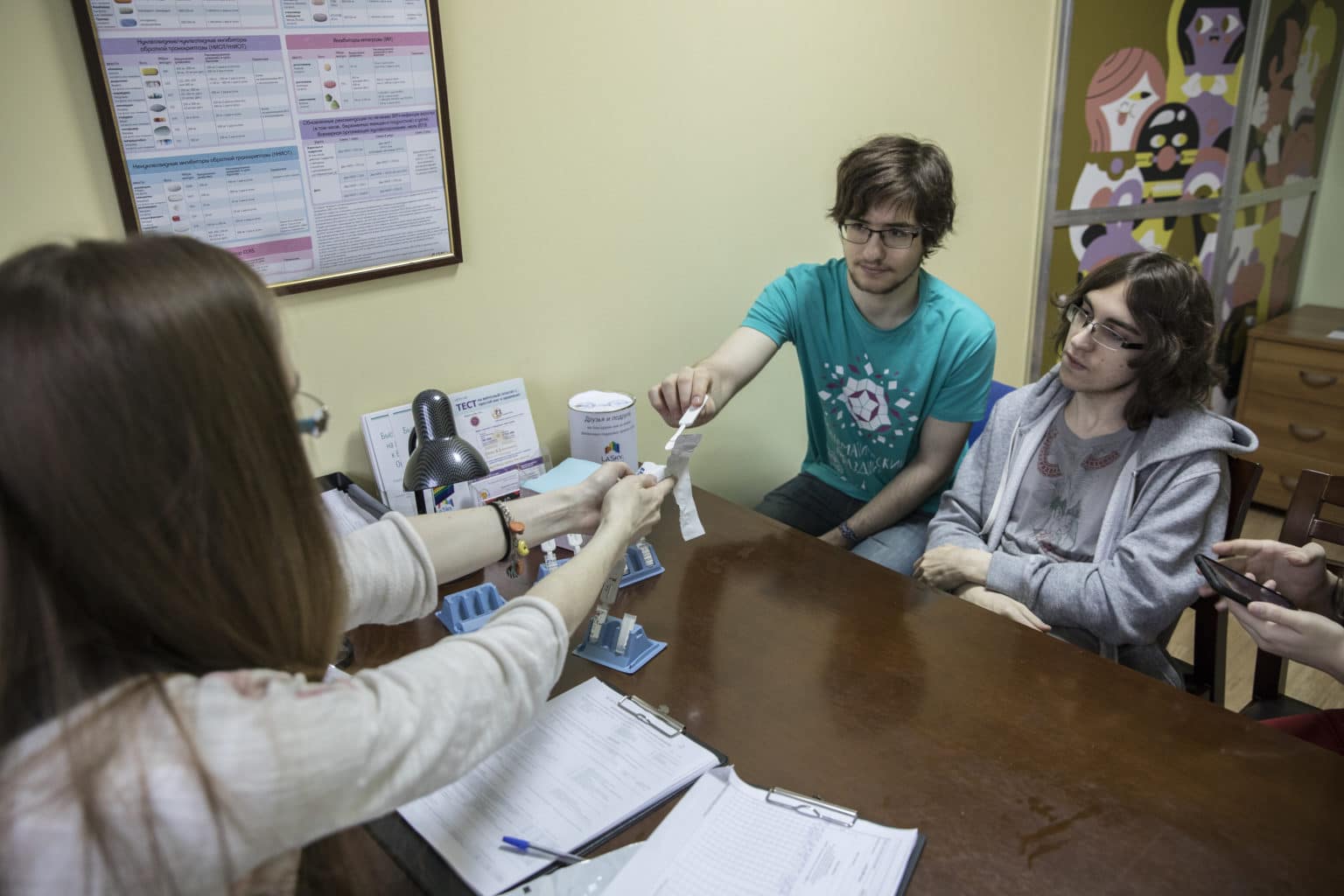
The Elton John AIDS Foundation is in the top 10 philanthropic funders of HIV/AIDS grants worldwide
Photo credit: Carol Allen-Storey
0
people are newly infected with HIV every minute around the world
70% of new HIV infections globally are among key vulnerable populations such as gay men, sex workers, people who use drugs and their partners.

The Elton John AIDS Foundation is the number one philanthropic funder in Eastern Europe and Central Asia for HIV/AIDS
Photo credit: Modola
0m
The number of people living with HIV worldwide
The risk of acquiring HIV is: 28 times higher among men who have sex with men

0
times higher among drug users

0
times higher for female sex workers

0
times higher for transgender women

The Elton John AIDS Foundation is the 3rd top funder of HIV/AIDS grants in East Asia and Southeast Asia
0m
The number of people not accessing life-saving HIV treatment

More than 99% of new HIV infections in Eastern Europe and Central Asia are in key populations such as gay men, sex workers, people who use drugs and their partners.
Photo credit: Modola
